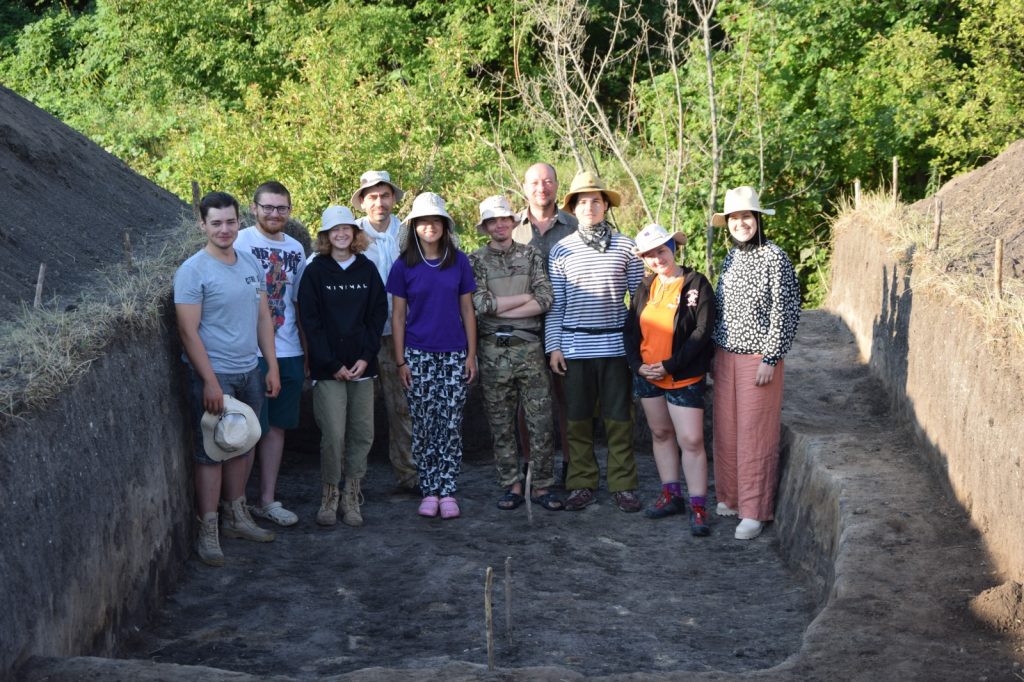Students research Bagaev Settlement during summer archeology practice

KFU students visited Saratov Oblast to make excavations at one of the most well-known historical sites of th Golden Horde.
Archeological research in this area has been conducted uninterruptedly since 1993.
The Bagaev Settlement was discovered by Leonard Nedashkovskii in 1995 and was investigated by him during excavations in 2002-2003, 2006-2012, 2014-2016, and 2020-2022. The settlement stretches 225 meters from north to south and 490 meters from west to east. The total area is more than 5 hectares. The settlement represents the remains of a large Golden Horde village of the Lower Volga region, the center of the state of Ulus Dzhuchi (Golden Horde), and is the most studied Lower Volga Golden Horde rural archaeological monument.
This year’s diggings investigated the cultural layer and a large household building. The mass material is represented by Golden Horde (including ornamented with horizontal lines, multi-row wave and festoons), Old Russian (including decorated with horizontal lines, single-row and multi-row wave), and molded Mordovian ceramics; fragments of amphorae of the Trebizond Empire, as well as stamped tableware. Individual finds include a small bronze ingot, an iron ring, three knives, two staples, a nail, a punch, and six undetermined objects. A copper coin minted by Saray al-Jedid in the 1340s was also found.
The excavations were carried out with the financial support of the Russian Science Foundation grant Bone ware and ceramics of the Golden Horde rural settlements of the Lower Volga region (on the materials of the Bagayev village).

